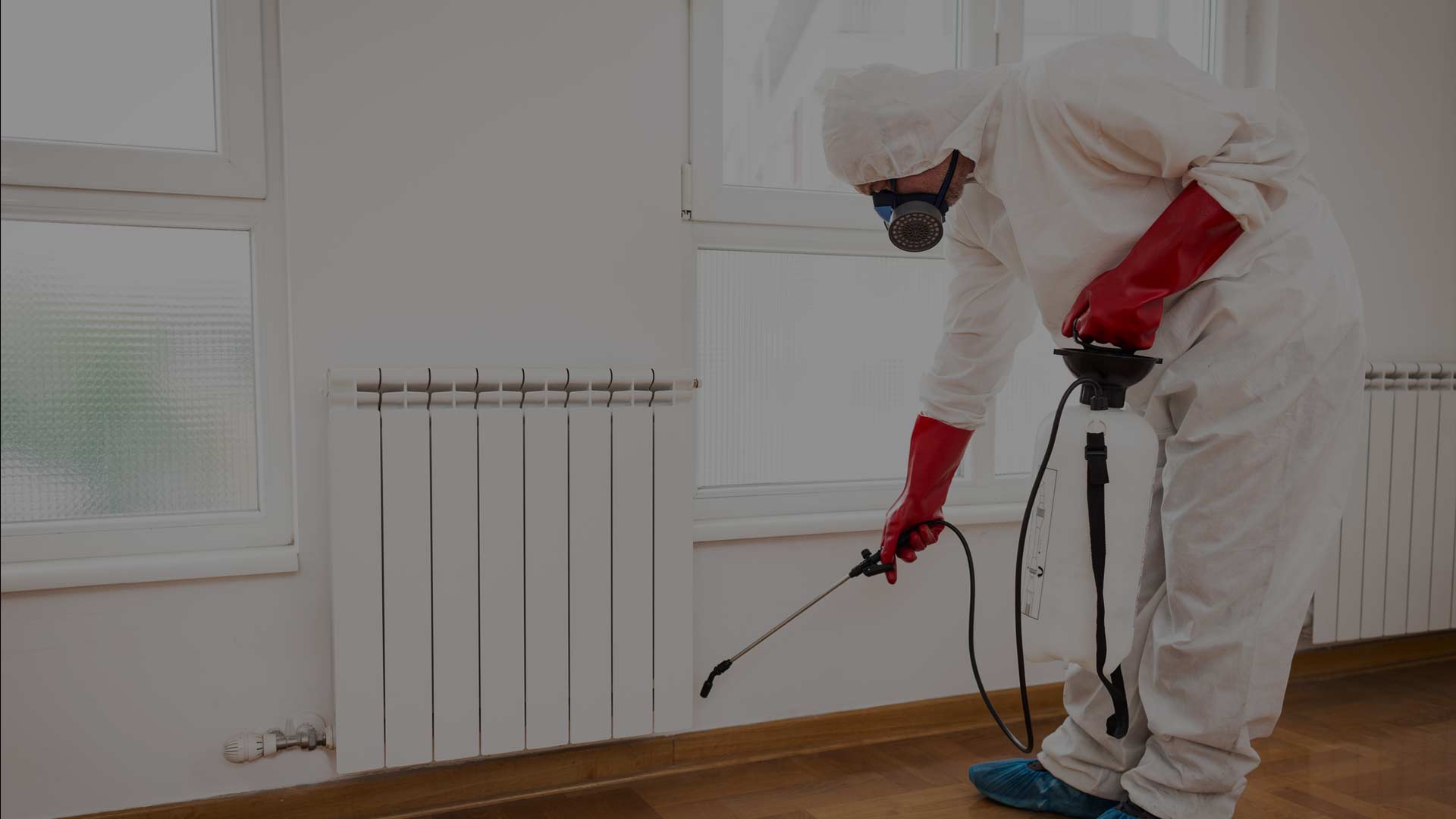Exterminator DC: Your Service for Pest-Free Residing In Washington DC!
Wiki Article
Expert Insect Control Techniques for Long-Term Results
Professional insect control strategies encapsulate a thorough strategy that starts with a comprehensive assessment and assessment, adhered to by accurate parasite identification to understand their actions patterns. The execution of Integrated Bug Management (IPM) principles, paired with eco-conscious treatments, creates the cornerstone of sustainable parasite obliteration.Assessment and Evaluation
Upon getting in a building for pest control solutions, the initial action is a comprehensive evaluation and assessment to identify the degree of the invasion and figure out one of the most efficient treatment plan. Professional pest control specialists are trained to carefully analyze the premises, looking for signs of pest task such as droppings, gnaw marks, nests, or any kind of architectural damages. They will certainly additionally assess the conditions that may be attracting pests, such as food sources, water leaks, or access points.
Insect Recognition and Actions

Additionally, recognizing the behavior of the determined bug is vital to implementing effective control measures. Knowing where insects nest, what they feed on, and their activity patterns can assist pest control professionals devise approaches to eliminate them efficiently. Some insects might be nocturnal, while others are more energetic throughout the day. This expertise allows for the application of treatments at optimal times for maximum efficiency.
Integrated Pest Administration (IPM)
Integrated Pest Monitoring (IPM) techniques incorporate several strategies to control and protect against insect problems in a sustainable and eco-friendly fashion. bed bug dog. By incorporating methods such as biological control, environment control, alteration of cultural practices, and the use of immune varieties, IPM intends to minimize making use of chemical pesticidesOne of Source the crucial concepts of IPM is the emphasis on avoidance. This proactive technique involves surveillance pest populaces frequently to detect any type of possible issues before they rise. By identifying bug troubles at an early stage, pest control procedures can be implemented swiftly and successfully.
In addition, IPM promotes the usage of safe pest control methods whenever possible. This can consist of using natural predators of the bugs, introducing helpful pests, or using pheromones to disrupt mating patterns. By minimizing dependence on chemical pesticides, IPM not just shields the atmosphere yet additionally aids maintain a balance in the ecological community.
Environmentally-Friendly Treatments
Carrying out eco-conscious approaches in parasite control treatments can properly address infestations while prioritizing environmental sustainability. Environmentally-friendly treatments concentrate on reducing the influence of parasite control approaches on ecosystems, non-target microorganisms, and human wellness. These approaches frequently entail the usage of all-natural killers, such as ladybugs or nematodes, to regulate pest their explanation populaces, minimizing the demand for chemical interventions. Additionally, techniques like habitat manipulation, such as changing wetness degrees or eliminating food sources, can assist prevent bugs without using unsafe substances.One more key element of environmentally-friendly treatments is the usage of organic and eco-friendly products that damage down quickly without leaving unsafe residues in the setting. Herb pesticides originated from plants like chrysanthemums or insect extermination home neem supply effective bug control while posing very little risk to non-target types. Furthermore, utilizing approaches like warm therapies or pheromone traps can target details insects with accuracy, decreasing the general environmental effect of parasite control practices.
Ongoing Surveillance and Maintenance
Regular surveillance and maintenance are necessary elements of efficient parasite control administration. Ongoing monitoring plays an essential duty in guaranteeing that parasite problems are found early and managed quickly. Routine assessments by trained professionals are required to recognize any indications of bug task, analyze the effectiveness of previous treatments, and make modifications to the bug control strategy as required. By keeping an eye on parasite populations gradually, parasite control experts can track trends, anticipate prospective problems, and execute safety nets to reduce the risk of future infestations.
Along with surveillance, upkeep techniques are vital for long-lasting pest control success. This consists of carrying out appropriate cleanliness steps to eliminate prospective food and water sources for pests, securing off entry points to protect against bugs from entering the premises, and resolving any kind of architectural problems that can facilitate bug infestations (exterminator). By incorporating continuous tracking and maintenance into an integrated bug monitoring approach, organizations can ensure a pest-free environment and safeguard their building versus pricey damages and wellness risks
Conclusion
Finally, making use of specialist pest control methods such as complete inspection and evaluation, precise bug recognition and understanding of their habits, incorporated parasite management strategies, environmentally-friendly treatments, and recurring monitoring and upkeep are necessary for attaining long-term cause bug control. By implementing these techniques, people can successfully manage insect problems and maintain a pest-free atmosphere in a sustainable way.Report this wiki page